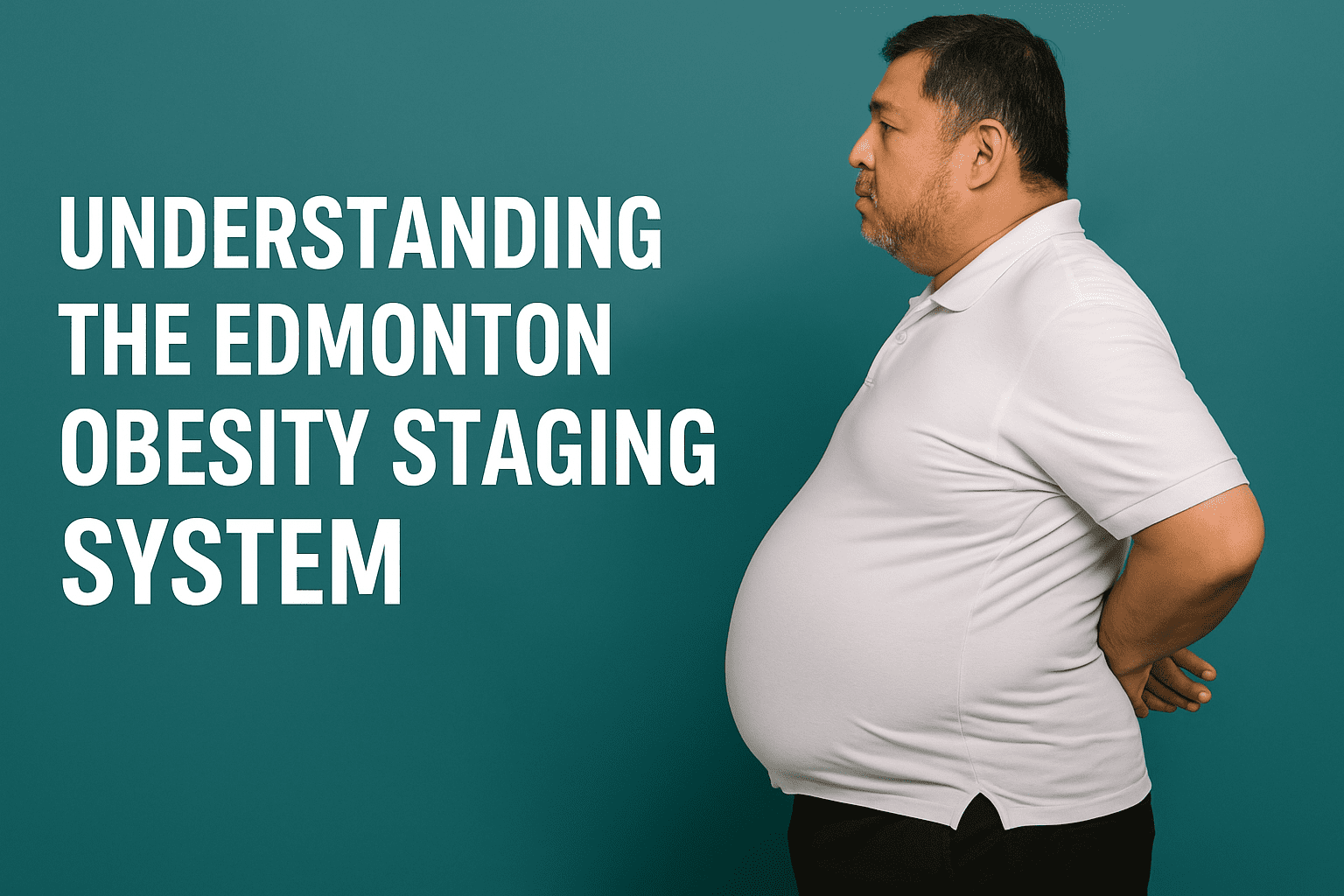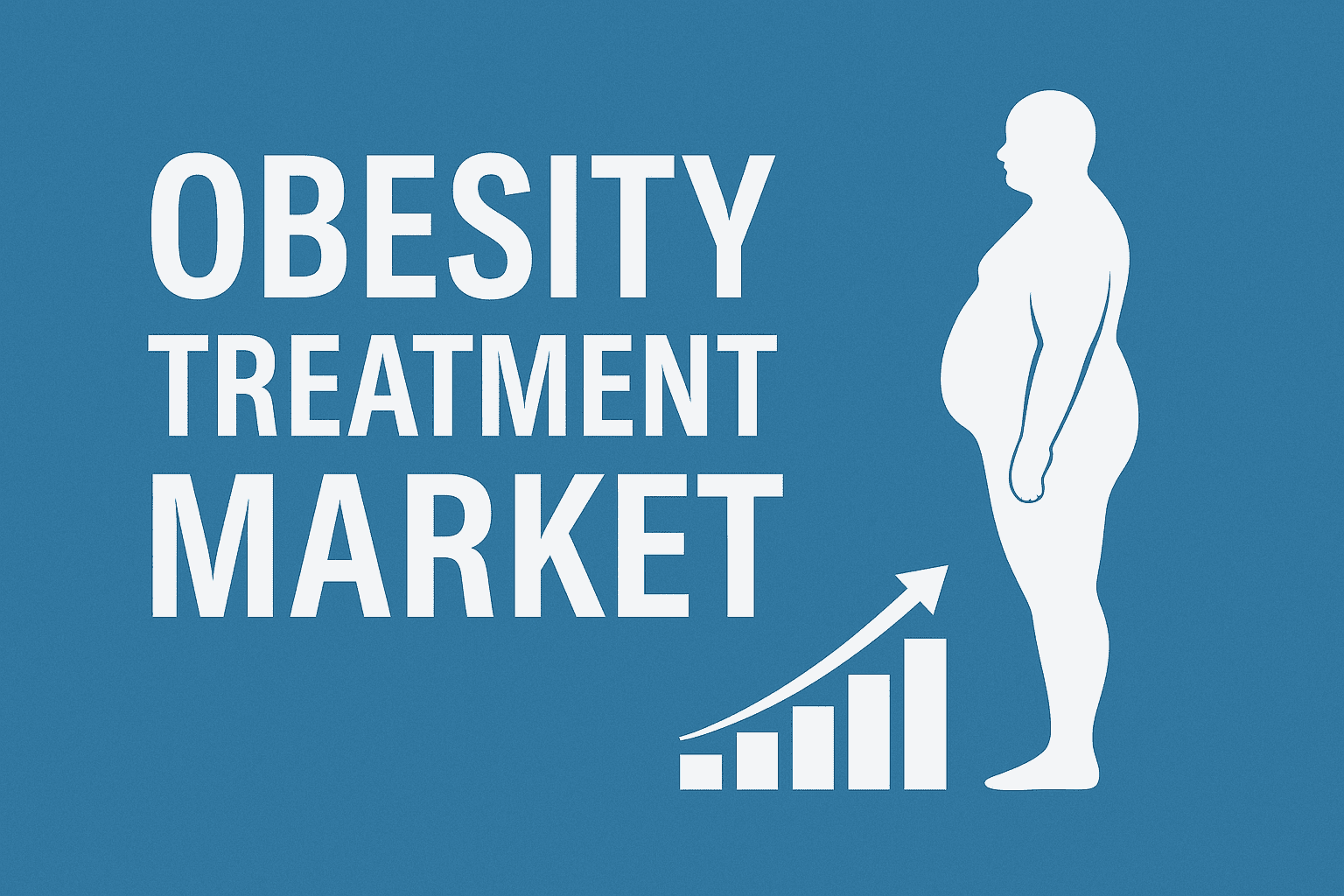When it comes to obesity, Body Mass Index (BMI) has long been the gold standard. But is it enough? Experts now argue that BMI alone doesn’t tell the full story—and that’s where the Edmonton Obesity Staging System (EOSS) comes in.
Developed by researchers to offer a more clinical and functional assessment of obesity, EOSS focuses not just on weight, but also on health risks, comorbidities, mental well-being, and daily functionality. Let’s break down this system stage-by-stage.
🟩 Stage 0: No Apparent Risk
- No physical or psychological symptoms
- No obesity-related comorbidities
- No limitations in daily activities
💡 Example: A 35-year-old male with a BMI of 33 kg/m², who exercises regularly, shows no signs of metabolic syndrome, and has excellent mental health.
🧠 Interpretation: This person may be technically obese by BMI standards but is otherwise healthy. No medical intervention is necessary.
🟢 Stage 1: Mild Risk or Symptoms
- Subclinical risk factors (e.g., borderline blood sugar, slight hypertension)
- Mild symptoms (e.g., fatigue, occasional joint pain)
- Low-impact psychological issues (e.g., stress, low mood)
💡 Example: A 40-year-old woman with a BMI of 38.5 kg/m², who has borderline hypertension and occasional lower back pain, but requires no ongoing treatment.
🧠 Interpretation: Early warning signs. Lifestyle changes are strongly recommended to prevent disease progression.
🟡 Stage 2: Moderate Comorbidities
- Diagnosed obesity-related health issues (e.g., Type 2 diabetes, PCOS, sleep apnea)
- Moderate mental health concerns (e.g., anxiety, emotional eating)
- Moderate limitations in day-to-day life
💡 Example: A 29-year-old man with a BMI of 35.8 kg/m² diagnosed with obstructive sleep apnea and insulin resistance.
🧠 Interpretation: Active medical management is essential to reduce risk and improve quality of life.
🟠 Stage 3: Significant Complications
- Serious organ damage or cardiovascular conditions (e.g., heart disease, strokes)
- Severe psychological issues (e.g., clinical depression)
- Major impairment in functionality
💡 Example: A 52-year-old woman with a BMI of 41 kg/m², post-stroke, who suffers from severe joint pain and depression, making everyday activities difficult.
🧠 Interpretation: Urgent, comprehensive medical and mental health care is required.
🔴 Stage 4: End-Stage or Severe Impact
- End-stage or life-threatening comorbidities
- Debilitating mental health disorders
- Severe functional limitations
💡 Example: A 48-year-old male with a BMI of 55 kg/m², confined to a wheelchair due to osteoarthritis, sleep apnea, and agoraphobia.
🧠 Interpretation: Intensive medical intervention and supportive care are critical.
🧭 Why EOSS Matters More Than BMI Alone
BMI may tell you how much you weigh relative to your height—but EOSS reveals how that weight is affecting your life and health. It helps guide:
- Medical treatment decisions
- Prioritization for weight-loss interventions
- Mental health and functional evaluations
✅ Bottom Line
The Edmonton Obesity Staging System moves beyond the scale. It puts your health, quality of life, and personal experience at the center of obesity care.
If you’re concerned about your weight or related symptoms, speak to a healthcare provider familiar with EOSS. Because not all weight is the same—and neither are its effect
Reference: Ottawa Hospital



